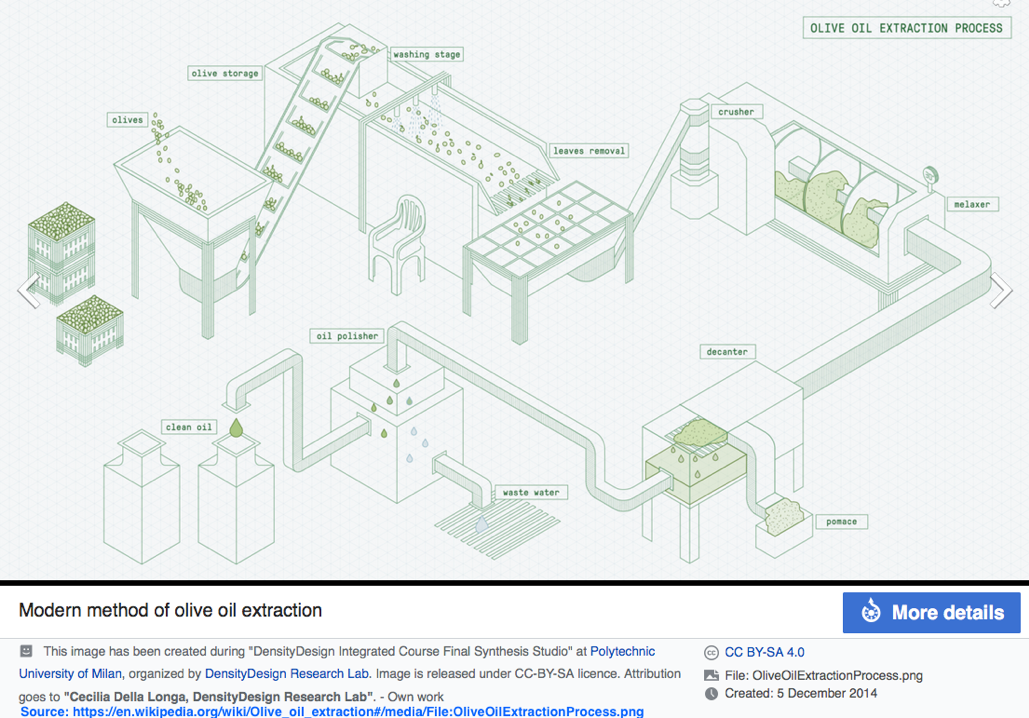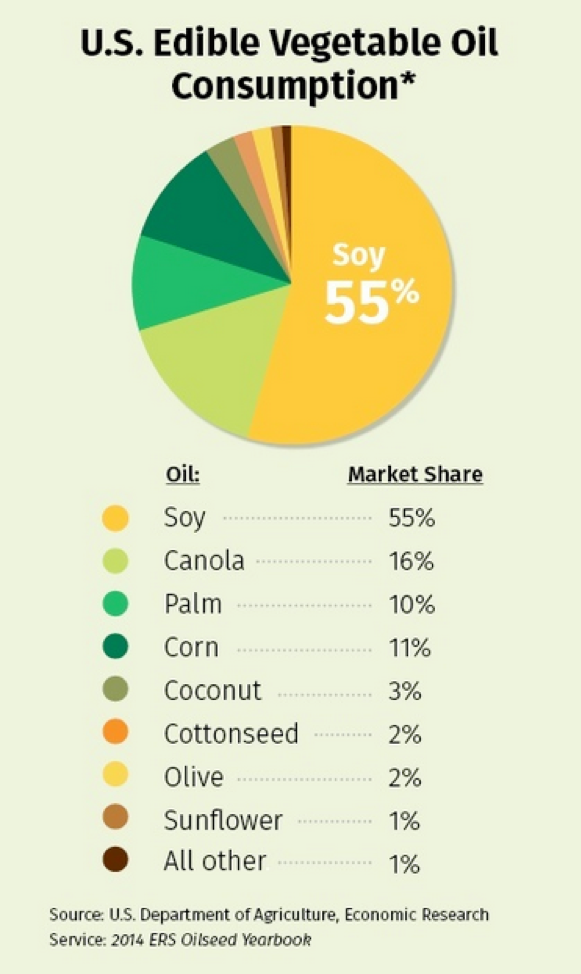NOTE: This is an edited version of portions of Appendices 2 & 3 of the “Revised Stealth Syndromes Study Protocol as approved by the University of California San Francisco Medical School Committee on Human Research.
This ad-free article is made possible by the financial support of the
Center for Research on Environmental Chemicals in Humans: a 501(c)(3) non-profit.
Please consider making a tax-deductible donation for continued biomedical research.
Standards and Sourcing (From Appendix 2)
Edible Oils
Given the lipophilic nature of BPA, phthalates and many other harmful environmental chemicals, finding an acceptable source of edible oils is one of the most difficult.
This is aggravated by the fact that producing edible oils requires many processing steps to separate the desired lipids from the pulp and aqueous portions of the source fruit, nut or seed.
Because of its local ready availability, this diet will use first cold press olive oil.
Locally produced olives will, ideally, be non-irrigated.
The Olive fruit fly is endemic in California and other wine producing regions around the world. There are a variety of methods for controlling infestations including baits, traps, attractant strips and certified organic pesticides such as Spinosad and Surround. (UC Pest Management Guidelines).
Despite their organic-certified status, both Surround and Spinosad contain toxic chemicals and proprietary chemicals whose identities are trade secrets and not disclosed. Because of this, olives treated with these are unacceptable.
Untreated olives or those produced in groves using baits, traps, or attractant strips are acceptable.
Olives undergo a washing process — a water rinse — before pressing. There are many other stages, some of which commonly use plastic components in the process.
Visits will be made to determine which oil press minimizes the use of plastic components.
Rationale (From Appendix 3)
Edible Oils
Edible oils are often chosen for their flavors (such as in salads), or their behavior in a frying pan, baking or other forms of cooking.
The standard oil-producing processes involves plastic pipes, tubing, pump components, bins, tanks, conveyor belts and associated sources of contamination. Contamination increases with each additional processing step.
Producing edible oils from seeds, nuts and fruits begins with mechanical extraction by crushing or pressing the raw stock. That recovers a portion of the oil.
Once pressed or crushed, additional oil can be produced by heating the pomace.
In many cases heating is followed by solvent extraction using various petroleum distillates such as hexane to dissolve the remaining oil from the pomace.
Because the solvent has a much lower boiling point than the oil, most of the solvent is removed by a distillation process that recovers most of the solvent for reuse. Small but detectable amounts of the solvent are impossible to remove and will remain in the finished oil.
No government regulations exist to require disclosure of the process.
Harvest & Processing
High-production edible oils such as soy, canola and corn involve mechanical harvesting that involve the plastic contamination sources common to other fruits and vegetables: conveyor belts, plastic chutes, bins, gloves, processing vessels and associated components.
Olive Oil
First. avoid the “organic” pesticides.
The Olive fruit fly is endemic in California and other wine producing regions around the world. There are a variety of methods for controlling infestations including baits, traps, attractant strips and certified organic pesticides such as Spinosad and Surround. (UC Pest Management Guidelines).
Despite their organic-certified status, both Surround and Spinosad contain toxic chemicals and proprietary chemicals whose identities are trade secrets and not disclosed. Because of this, olives treated with these are unacceptable.
Untreated olives or those produced in groves using baits, traps, or attractant strips are acceptable.
Olives undergo a washing process — a water rinse — before pressing. There are many other stages, some of which commonly use plastic components in the process.
Visits will be made to determine which oil press minimizes the use of plastic components.
Pressing
In the case of olive oil, the “first cold press” that takes place without heating produces maximum flavor.
Internationally, there is great confusion — and often scandal — over the regulation of grades and quality of olive oil that follow first cold press. Heating and solvent extraction are used in cheaper grades. Regulation is inconsistent and unreliable.
Significantly, heating drives off many of the aromatic compounds and reduces the healthy polyphenols in olive oil.
First cold press offers a consumer the best assurance of purchasing the healthiest edible oil product while minimizing plastic chemical contamination.
However, as healthy a first cold press is, harvest involves plastic bins, rakes and, synthetic fiber netting. What’s more, the production process involves plastic bins, conveyor belts, pipes, tubing, pump components, filters, and more.
Edible oil & genetic engineering (Hard for some people to swallow)
At least half of all vegetable oil consumed in the United State comes from genetically engineered crops. The genetic modifications are usually made to make the crop plant resistant to herbicides which are copiously used. In addition to the controversy concerning effects of glyphosate and other active ingredients, no research is available on adjuvants and/or other chemicals that are undisclosed or are trade secrets.
The scientific evidence concerning the safety of GMO organisms is hotly disputed. We have no evidence that GMO foods would affect our test results in any way. However, out of an abundance of caution and for the sake of reproducibility, the study will not choose those foods for the diet.


